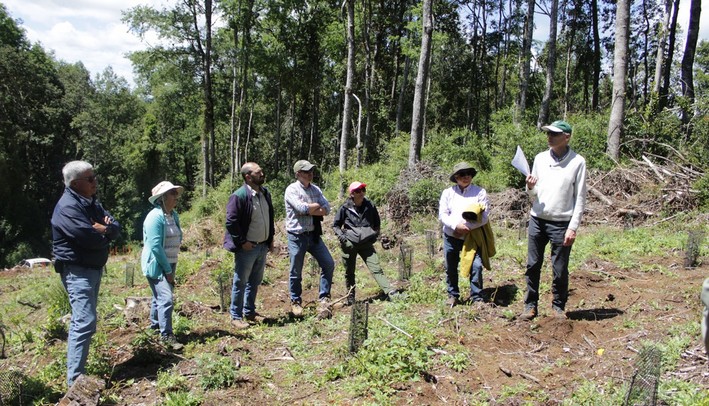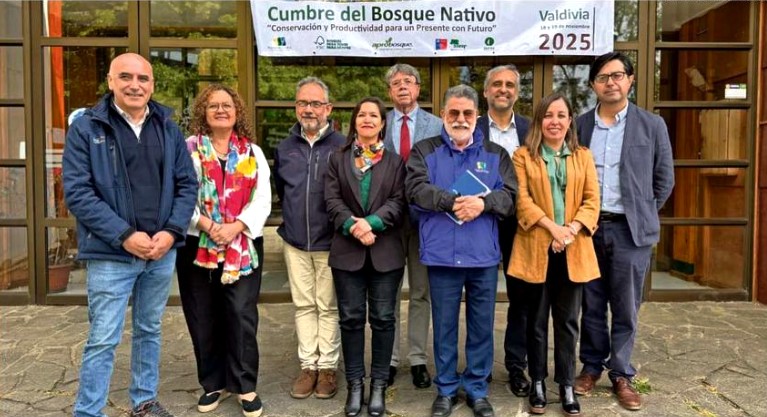Augusto Kahler, Forest Safety Expert, Highlights Chile's Drastic Reduction in Accident Rates Over the Last 20 Years
The forestry sector in Chile has experienced a notable decrease in its accident rate over the last 15 to 20 years, as noted by Augusto Kahler, a forestry engineer and technician, in Conversando con la Acoforag.
The expert in Risk Prevention and Environment also stated that the reduction has been significant and exponential, with accident indicators dropping from 2.5% in 2005 to less than 1% in 2024.
The specialist highlighted that in 2005, for every 100 workers, 2.5 were involved in accidents, whereas in 2024, this number has decreased to just 0.48. "This decline is a clear indicator of the concerted effort by companies and advisors to improve worker safety and protection," he noted.
Kahler explained that international forestry certifications have played a crucial role in this improvement, covering approximately 80% of workers, ensuring high safety standards and sustainable practices, aligning them with developed countries like Canada and the United States.
Additionally, close collaboration between companies, safety departments, unions, and trade associations, such as the Chilean Wood Corporation and Acoforag, has been essential. Safety and occupational health protection measures and programs have been designed and implemented with the active participation of workers and forestry contractors.
Adoption of High-Quality Equipment and Technology
Another factor contributing to the reduction in accidents is the use of high-tech equipment and specialized clothing. He mentioned that Chile is globally recognized as a forestry country of excellence, and the equipment used by forestry workers and fire brigades meets high international standards. This includes chainsaw operators, strobe operators, and machine operators, who use advanced technology for their protection.
Kahler also emphasized the importance of indicators, which show that for every thousand incidents, one fatal accident occurs. This pyramid underscores the importance of reporting all incidents, even those that do not result in serious accidents, as they contribute to preventing fatal accidents.
In 2023, 107 accidents were recorded, with 3,783 lost days among approximately 21,000 workers in the forestry sector—a notable decline compared to previous years. This achievement is reflected in the 47 million hours worked, demonstrating the effectiveness of the measures implemented.
The Economic and Social Impact
The reduction in accidents also has a significant economic impact. Companies must pay a risk rate to mutuals, and in countries like the United States and Canada, this rate can reach up to 40% in the case of fatal accidents. In Chile, the accident rate has dropped from 0.63% to 0.5%, a 21% decrease.
The concerted efforts in the Chilean forestry sector have led to a significant reduction in the accident rate, demonstrating the commitment of companies and workers to safety and health. International certifications, the adoption of advanced technology, and collaboration among all stakeholders have been key to this achievement.
This positive trend in reducing accidents not only improves worker safety but also strengthens Chile's reputation as a forestry country of excellence worldwide.
The full interview is available on Acoforag's YouTube channel:

















